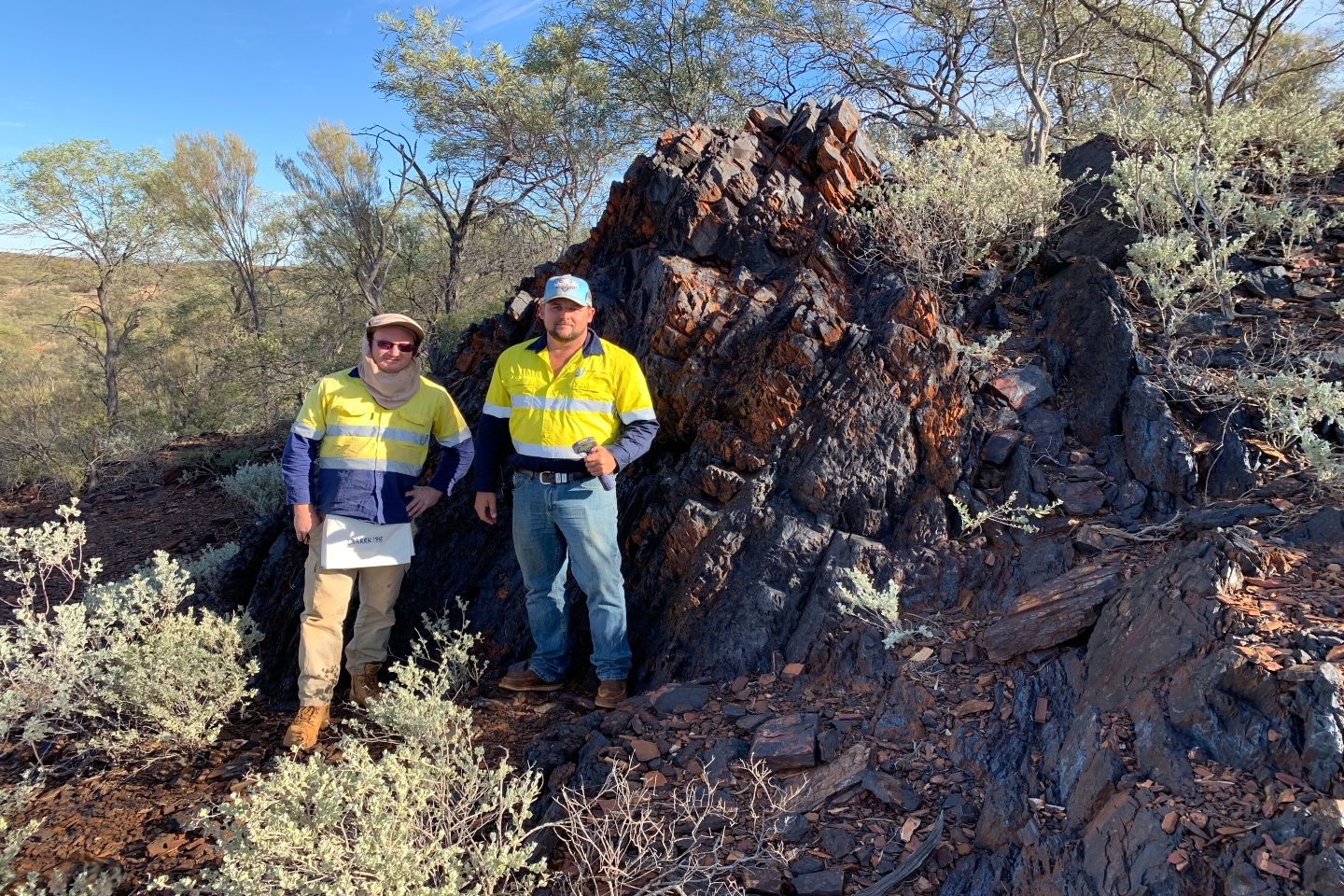Reach Resources has entered into a tenement sale agreement to acquire a new exploration licence from Firebird Metals, extending its grip on prospective manganese terrain in Western Australia’s Edmund Basin. The strategy is in line with the company’s anticipation of increasing global demand for critical lithium, manganese and rare earths in the ongoing global phase of decarbonisation and attendant electrification.

Diversified critical mineral explorer Reach Resources has entered into a tenement sale agreement to acquire a new exploration licence from Firebird Metals, extending its grip on prospective manganese terrain in Western Australia’s Edmund Basin.
The strategy is in line with the company’s anticipation of increasing global demand for critical lithium, manganese and rare earths in the ongoing global phase of decarbonisation and attendant electrification. However, management made it clear it was still “entirely focused” on its lithium exploration efforts in WA’s emerging Gascoyne region.
Under the terms of the new deal, Reach is required to pay $110,000 via the issue of the company’s ordinary shares. It is to be calculated by dividing $110,000 by a deemed issue price using the five-day volume weighted average price of Reach shares for the five trading days preceding the deal’s completion date – September 15 –unless otherwise agreed between the two companies.
Reach Resources chief executive officer Jeremy Bower said: “Whilst primarily used in the steel industry as an alloying agent to improve hardness, strength and resistence to corrosion, the Electric Vehicle revolution is here and manganese is a key component in the production of lithium-ion batteries. The Company remains entirely focused on our Morrissey Hill lithium project, but it’s important that we continue to consolidate our tenure in highly prospective areas, with a focus on the EV market. This low-cost acquisition is right in between some big players in Hastings and FMG and we are very interested in manganese generally and the role it will play over the coming years.”
The ground at the centre of the new deal was was applied for by Firebird Metals more than two years ago and that company lodged it as “Ashburton Manganese” with the WA Mines and Petroleum Department. It was granted on March 9 last year and expires on March 8, 2027.
The licence area lies in the Edmund Basin and is dominated by sedimentary rocks of the Edmund and Collier groups, most notably by the Narimbunna dolerite and the sedimentary siliclastic rocks of the Ullawarra Formation, which regionally hosts supergene-stratiform, lateritic and detrital-style manganese mineralisation.
The surrounding tenure includes the adjoining Fortescue Metals Group ground to the east of two of Reach’s applications, the adjoining Skyline rare earths project, Hastings Technology Metals' licence centred about 25km south-west of a Firebird tenement and extensive tenure held by Dreadnought Resources, centred about 40km south-west of Firebird’s ground.
Reach says its acquisition consolidates and builds on the primary focus of ground it already holds, in an area that is already well-known to be prospective for its key commodity interests – lithium, manganese and rare earths, all of which have been declared critical minerals.
The primary market and major consumer of manganese remains the steelmaking sector, which continues to display robust, long-term demand fundamentals for manganese ores and concentrates.
However, demand for manganese from the lithium-ion battery sector for use in electric vehicles continues to grow exponentially, forming another major market for supply and consumption. It is estimated about 90kg of manganese is used per electric vehicle as it is an important element within battery cathodes and plays a critical role in nickel-manganese-cobalt batteries.
Recent developments led by Chinese battery giant Contemporary Amperex Technology has seen manganese introduced into lithium-iron-phosphate batteries, with the new battery used in both electrical vehicles and within the broader energy storage sector.
Electric vehicle and battery cathode manufacturers have shown a desire to increase manganese content to improve battery and electric vehicle cost competitiveness, while maintaining or improving energy density. The growing electric vehicle market and battery cathode changes will lead to greater demand and growth for high-purity manganese sulphate.
A White House document from June, 2021 declares that manganese use in battery cathodes may result in the metal emerging as a preferred element in next generation battery cells due to its “relative safety” and “having by far the most stability”.
Reach’s shares have taken off on a steady rise since May. Before that, its price was sitting as low as 0.3 cents for some seven months.
But after pausing for a breather from June to mid-July and heading from about 1.4c back down to 1c, the stock has got its second wind in the past two months to peak at 1.9c today – a jump of nearly 36 per cent on yesterday’s close and on massive volumes of nearly 213 million shares.
Is your ASX-listed company doing something interesting? Contact: matt.birney@businessnews.com.au















